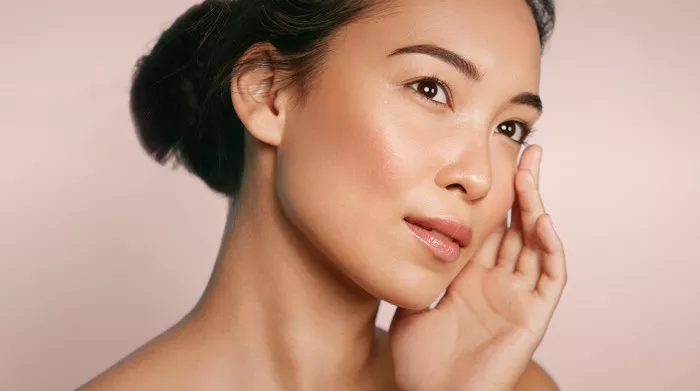Shaving is a common hair removal method used by many individuals to eliminate unwanted facial hair, including peach fuzz or vellus hair. While shaving provides a quick and easy solution, there is a common belief that hair grows back thicker and darker after shaving. In this article, we will explore the science behind hair growth, the factors influencing the appearance of regrowth after shaving peach fuzz, and whether shaving actually leads to thicker hair.
Understanding Peach Fuzz and Hair Growth:
Peach fuzz, scientifically known as vellus hair, refers to the fine, soft, and lightly pigmented hair that covers much of the body. Unlike terminal hair, which is thicker, darker, and found in areas like the scalp, underarms, and pubic region, vellus hair is typically shorter and less noticeable.
Hair growth occurs in cycles, with each hair follicle going through different phases. The anagen phase is the active growth phase, followed by the catagen phase (transition) and the telogen phase (resting). The length and thickness of hair are primarily determined by genetics and hormones, with individual variations accounting for different hair types and growth rates.
Does Peach Fuzz Grow Back Thicker After Shaving?
Contrary to the common misconception, shaving does not cause peach fuzz to grow back thicker or darker. The perception that hair regrowth appears coarser after shaving is due to several factors:
Blunt Ends: When you shave peach fuzz, the hair is cut at the skin’s surface, resulting in a blunt end. This blunt tip can feel coarser and appear slightly darker than the naturally tapered end of untouched vellus hair. However, the thickness and color of the hair remain unchanged.
Sun Exposure: After shaving, the exposed hair may seem darker due to exposure to sunlight, which can lead to minor oxidative changes in the hair’s pigmentation. This effect, known as “photo-oxidation,” can make hair appear darker.
Individual Perception: The way we perceive hair growth can be influenced by various factors, including lighting conditions, the angle of observation, and individual sensitivity. Changes in texture or color may be subjective rather than an actual change in the hair structure.
The Science Behind Hair Growth:
Shaving does not alter the structure of hair follicles, which determines the thickness and growth pattern of hair. The idea that shaving alters hair thickness is a myth. Hair follicles produce hair with specific characteristics based on genetic and hormonal influences, and shaving does not modify these factors.
Tips for Shaving Peach Fuzz:
If you choose to shave peach fuzz, here are some tips to ensure a smooth and effective shaving experience:
Exfoliate: Before shaving, exfoliate your skin to remove dead skin cells and prevent ingrown hairs.
Use a Clean Razor: Always use a clean and sharp razor to avoid irritation and achieve a close shave.
Apply Shaving Cream: Use a quality shaving cream or gel to provide lubrication and protect your skin during shaving.
Shave Gently: Avoid applying excessive pressure while shaving to prevent skin irritation and cuts.
Moisturize: After shaving, apply a moisturizer to keep your skin hydrated and soothe any potential irritation.
Conclusion:
The belief that peach fuzz grows back thicker after shaving is a common misconception. Shaving does not alter the structure of hair follicles, and hair regrowth remains unchanged in terms of thickness and color. The perceived coarseness or darker appearance of regrowth is due to factors such as the blunt ends after shaving and individual perception. If you prefer to remove peach fuzz through shaving, following proper shaving techniques and skincare practices can help you achieve a smooth and irritation-free experience. Remember that hair growth is a natural process, and shaving does not impact the inherent characteristics of hair determined by genetics and hormones.


